In all the breeds of Poultry in this country, one that can lay claim to

The exact origin of the birds is as usual open to discussion amongst the historians.
Remains of birds with similar shaped skulls have been found by explorers in some of the old Roman sites in Britain almost proving that they have been here for at least 2,000 years.
It is thought by many writers from the past that the Poland was created from the Padua or Patavinian fowls, which in turn could have been associated with several other different Russian breeds, however it was in Holland that breeders perfected the birds into the fine specimens that we now admire, possibly by using some birds known as ‘Crested Dutch’.
Polands have always been a favourite bird to be painted by artists from many countries around the world. There are examples of these paintings right through from the seventeenth century. The point that is worth mentioning when discussing the breeds origin is that they have always been standardised in two types; one with full beard and muffling and then the white crested birds that are clean faced, which suggests that Polands could have been developed by using different breeds.
Whatever their origin Polands in the twenty first century are very eye catching and always attract a lot of admiration from visitors to the shows.
Bu hikaye Practical Poultry dergisinin March - April 2018 sayısından alınmıştır.
Start your 7-day Magzter GOLD free trial to access thousands of curated premium stories, and 8,500+ magazines and newspapers.
Already a subscriber ? Giriş Yap
Bu hikaye Practical Poultry dergisinin March - April 2018 sayısından alınmıştır.
Start your 7-day Magzter GOLD free trial to access thousands of curated premium stories, and 8,500+ magazines and newspapers.
Already a subscriber? Giriş Yap
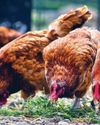
Growing food for Chickens
Mary Larham explores some crops to grow on your holding…
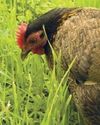
Poultry in the garden – the truth!
Jo-Jane Buxton shares her experiences
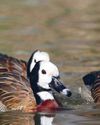
The British Waterfowl Association
Which came first, the goose or the egg?
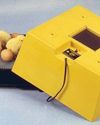
WHY FIT A FAN IN AN INCUBATOR?
Brinsea Products, the Incubation Specialists explain the difference between still air and forced draught
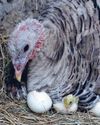
Incubating turkey eggs
Janice Houghton-Wallace looks at broody turkeys and artificial incubation
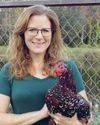
Chicken nesting box herbs
Diana Clauss owns The Blue Feather Farm, in St Cloud, Florida, home to chickens, ducks, goats, and Anatolian Shepherd dogs.
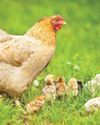
Incubate in January?
Jessica Wombwell says plan the breeding
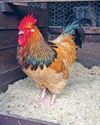
Andy's DIARY
Andy emphases the importance of keeping out damp and wet but allowing ventilation even in cold weather
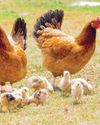
Feeding for Breeding
It may be winter, but as Joanna Palmer, nutritionist for Smallholder Range explains, now’s the time to get your flock in tiptop shape and plan ahead for a successful breeding season next spring.
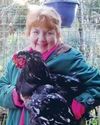
A chick named Cuckoo raised by a duck!
Chris Hammacott and her husband live on a small croft in the Outer Hebrides, they keep a ‘no kill’ flock or rare and rescue sheep which they use to spin and weave rugs. They also share the 8 acres with hens, ducks, cats and 9 rescue pugs.